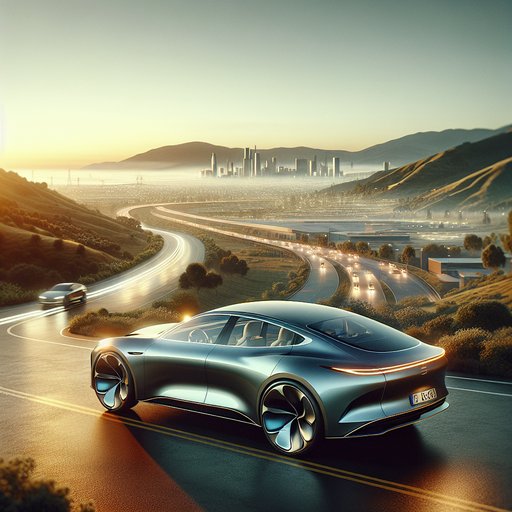
We spent a full day range-testing the 2024 Hyundai Ioniq 6 SE RWD on factory 18-inch wheels, running from 100% to a low state of charge under mixed conditions. The goal: quantify realistic range at city speeds, steady 70‑mph highway cruising, and hilly terrain, and translate efficiency into practical planning numbers.
Test car: 2024 Hyundai Ioniq 6 SE RWD (single motor, 225 hp, 258 lb‑ft) with the 77.4 kWh battery (gross). Based on our charge logs, usable capacity was approximately 74 kWh. Tires were the stock low‑rolling‑resistance 225/55R18 all‑seasons, set to 39 psi (cold). Two occupants and about 60 lb of gear brought total additional load to ~360 lb.
Ambient ranged 62–78°F with light winds (5–10 mph). We ran from 100% SOC down to 7%, recording trip-computer data and GPS speed. Our route comprised three repeatable segments: 1) a 62‑mile urban/suburban loop (35–50 mph, frequent stops); 2) a 120‑mile interstate out‑and‑back at a GPS‑verified 70 mph to cancel elevation and wind; and 3) a 90‑mile rolling‑hills loop with ~2,000 ft cumulative elevation gain and loss. HVAC was set to Auto 72°F, Normal drive mode, regen in i‑Pedal for city and Level 2 on highway.
We avoided drafting and matched flow when conditions required. City/suburban results: 4.7 mi/kWh (213 Wh/mi) over 62 miles, with traffic smoothing helping efficiency. One‑pedal driving was well‑tuned, and creep was disabled. Cabin noise was low on fresh asphalt, and the car’s efficiency barely moved with gentle AC use.
Projected range from a full usable pack at this pace landed between 340 and 355 miles, roughly in line with the EPA figure for this trim if you keep speeds modest. 70‑mph highway: 3.8 mi/kWh (263 Wh/mi) over 120 miles on an out‑and‑back in a 7–10 mph crosswind, AC at 72°F, adaptive cruise engaged. That extrapolates to roughly 270–285 miles of highway range on a full usable pack. Lane‑centering behaved smoothly and helped maintain a consistent pace; wind and coarse concrete increased consumption slightly versus smooth asphalt.
Hilly terrain: climbing segments averaged 2.9 mi/kWh (345 Wh/mi) while long descents returned 5.8 mi/kWh (172 Wh/mi). The loop averaged 3.9 mi/kWh (256 Wh/mi), similar to the flat 70‑mph result, underscoring effective regen recovery. In a separate late‑evening 48°F drizzle at a steady 70 mph, heater use pushed consumption to 3.2 mi/kWh (313 Wh/mi), projecting 235–245 miles—illustrating how temperature and precipitation meaningfully erode range. Totals for the day: 272 miles traveled, 67.9 kWh consumed (charger‑measured), averaging 4.0 mi/kWh (251 Wh/mi), returning with 7% SOC.
Takeaway: the Ioniq 6 can meet or exceed its EPA range in temperate, sub‑highway driving; expect ~270–285 miles at a true 70 mph in mild weather and closer to 240 miles in cold, wet conditions. Plan buffers for temperature, precipitation, and speed, and precondition when possible to protect range.












